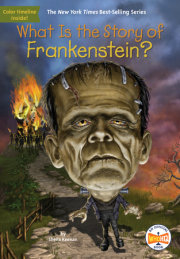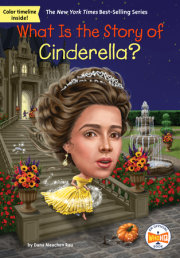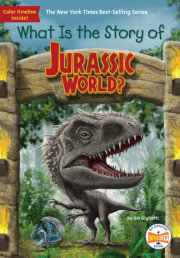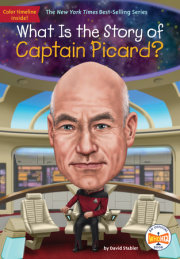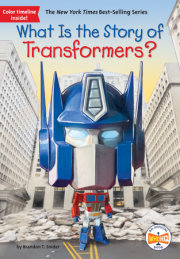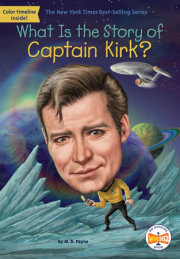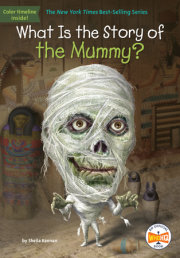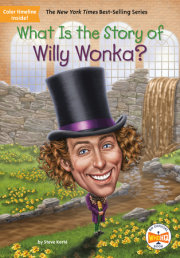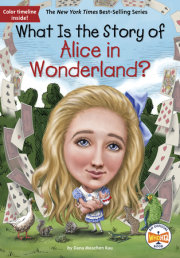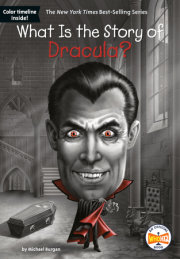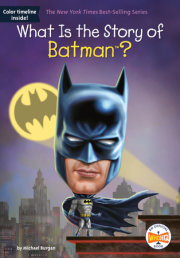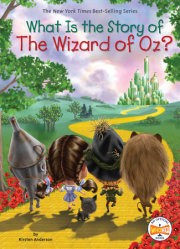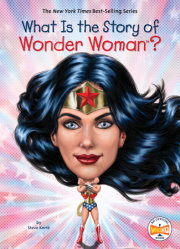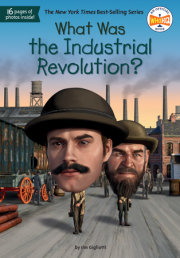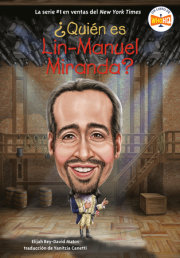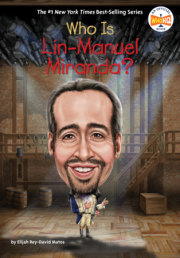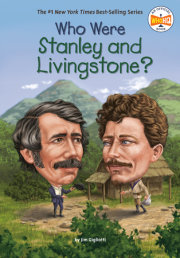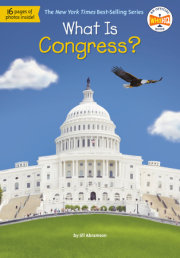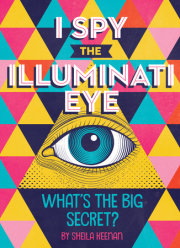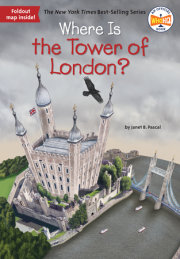What Is the Story of Frankenstein? On May 17, 2014, a curious crowd streamed into a big, open plaza in Geneva, Switzerland. They circled a mysterious figure that was nearly eight feet tall. It was completely covered in white, bandage-like cloths. Pillars topped with metal coils stood on either side of the figure.
Silently, three men removed the draped cloths.
Suddenly, bolts of electricity shot out from the tops of the pillars, zapping the figure in between them. A spotlight lit up the statue.
The crowd gasped. They were face-to-face with a horrifying bronze giant. The head of the statue was gnarled and twisted. Long, jagged scars crisscrossed its chest. Its large hands dangled from wrists that were covered in bracelets of stitches. One hand was curled. It looked like it could reach out and grab you. Even scarier: Its eyes stared straight into yours—and the monster appeared to be walking forward!
Behold!
Frankie, a.k.a. The Creature of Doctor Frankenstein. This modern sculpture celebrates Frankenstein, one of the most famous monsters of all time. Most people have heard about this dangerous creature that was brought to life by a mad scientist. Many of them have seen the monster in movies or worn a Frankenstein costume for Halloween.
The members of KLAT, the Swiss artist group that created the sculpture, were being playful when they called their work “Frankie.” The rest of the statue’s name, “The Creature of Doctor Frankenstein,” is more accurate.
The creature is a fictional character in a book that is more than two hundred years old. It does not have a name in that story. Then who is Frankenstein? He is the young science student in the story whose experiments created the monster.
Today, more people know about the monster than the book. What may really surprise them is that the Frankenstein story was the idea of a teenage girl. She wrote it on a dare! And it really
was a dark and stormy night when young Mary Shelley started writing . . .
Chapter 1: A Spooky Contest The summer of 1816 was a rainy one at Lake Geneva in Switzerland. Day after day, the guests at a beautiful lakeside house called Villa Diodati were stuck inside. (
Villa is the Italian word for a large country house.) They read books and wrote poetry. They discussed science, literature, and philosophy. One stormy evening, they read spooky stories aloud. Their host suggested a contest for his guests: Everyone should write a ghost story.
Mary Wollstonecraft Godwin started thinking.
She was a guest at one of the most famous house parties in literary history. The host at the villa was the English poet and nobleman George Gordon Byron. (He was known as Lord Byron.) Mary had eloped with another British poet, Percy Bysshe Shelley. Her stepsister was with them. So was Byron’s personal doctor. They were all young and passionate about the arts, science, and nature. They lived in a world of ideas and not necessarily rules.
Mary Godwin was the daughter of two radical thinkers. Her mother, Mary Wollstonecraft, had written a book about the recent French Revolution. She also wrote one of the first important books to argue for women’s rights and equality. Mary’s father, William Godwin, was a philosopher, author, and publisher. He often wrote about political justice and government reform. Both her parents were well known in Europe.
Mary Wollstonecraft died ten days after her daughter was born on August 30, 1797. Young Mary was mostly raised by her father. He believed she should be well educated. Mary read history, Romantic poetry, gothic novels, the classics, and many books in her father’s library. She spent hours writing her own stories. She listened in when scientists, writers, politicians, and intellectuals came to visit her father. And she fell in love with one of those visitors, Percy Bysshe Shelley. They met secretly at her mother’s grave.
Percy Bysshe Shelley and Mary Wollstonecraft Godwin became a couple even though he was already married. Percy and Mary led a complicated, but creative life together. They encouraged each other as writers. They read and edited each other’s work. They traveled, shared books and new ideas, and wrote a journal together. But they often didn’t have enough money. Mary became pregnant. And their families disapproved of their relationship.
By the time Percy, Mary, and their young son arrived at Lake Geneva, Mary was calling herself Mrs. Shelley. They were delighted to spend time in such a beautiful place with a famous poet such as Lord Byron. The villa was filled with lively conversations, and the ghost-story challenge was thrilling.
But Mary had a hard time thinking of a story idea for the contest. Days passed: nothing. Then one night she had a terrifying dream. She pictured a young man kneeling by “the thing he had put together.” She saw this “hideous corpse” which the man had “awakened” stir and open its “yellow, watery” eyes.
She had her story.
Copyright © 2019 by Universal Studios. All rights reserved. No part of this excerpt may be reproduced or reprinted without permission in writing from the publisher.


